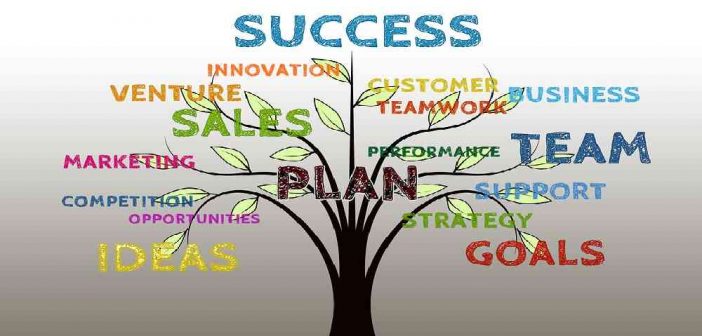As companies expand globally, the nature of work for managers becomes more challenging, especially in managing teams that could be dispersed across continents, diverse in terms of culture and composition but whose collaboration is crucial for the success of the operations.
Mark Mortensen, professor of organizational behaviour at INSEAD and Professor Martine Haas, Associate Professor of Management at Wharton, had over the past 15 years, studied teams and groups in a variety of contemporary settings.
They conducted nine large research projects in global organizations, undertaking more than 300 interviews and 4,200 surveys with team leaders and managers, finally coming up with certain conclusions on how to effectively manage the teams, make them collaborate effectively and work towards success.
Writing in the Harvard Business Review (HBR), they said the basics of team effectiveness were identified by J. Richard Hackman, a pioneer in the field of organizational behavior who began studying teams in the 1970s.
According to Hackman, collaborative behaviour needed certain enabling conditions. Three of these–a compelling direction, a strong structure, and a supportive context–were critical to team success.
Thus, for “diverse, dispersed, digital, dynamic’ teams, to attain high performance, the first factor would be ‘compelling direction,’ in other words, explicit goals.
These should be challenging enough, but not too difficult to make the team dispirited. Likewise, the rewards need to be extrinsic, like a pay hike, recognition or promotions or intrinsic like satisfaction and a sense of meaning. Likewise, the purpose should be made clear, especially in a team having members from different countries as for some of them, only highest quality regardless of costs would pass muster, some others may consider cost control as more important.
Next is the structure. Teams should have the right mix of various talents and expertise and just the required number of members. Some tasks may need a mix of cosmopolitan and local members, to provide the right amount of varied perspectives.
However, care needs to be taken to prevent teams from becoming too large and unwieldy. Each member should be added only when absolutely necessary. Assignments should be designed in such a way that members are motivated by allotting them a significant aspect of the work, a lot of autonomy in managing it and feedback on performance.
Significantly, people in different locations often handle different components of a task on a 24 X 7 basis. A software design team based in Santa Clara, California, used to sends chunks of code to its counterparts in Bangalore to revise overnight. However, the division of labour proved demotivating, because it left the Indian team members with a poor sense of how the pieces of code fit together and with little control over what they did and how.
Moreover, they got feedback only when what they sent back didn’t fit. Repartitioning the work to give them ownership over an entire module dramatically increased their motivation and engagement and improved the quality, quantity and efficiency of their work.
Destructive dynamics like withholding information, pressuring people to conform, avoiding responsibility, casting blame also lead to dysfunctional teams. In such cases clear norms should be laid such as arrive at meetings on time and give everyone an opportunity to speak.
The third condition to enable team effectiveness would be in providing the right type of support by way of material resources, finance, training and technological assistance.
Apart from these three conditions, today’s teams need something more, says Mortensen and Haas. Their research showed that distance, diversity, digital communication and changes in the team composition led to difficulties such as “us versus them” thinking and incomplete information.
The solution to such a situation is to develop a ‘shared mindset among team members’ that the team leaders could do by fostering a common identity and understanding.
Digital technology dependence robs meetings of the subtle and non verbal cues exchanged by groups in face-to-face discussions. It also impedes exchange of information in certain circumstances like in the case of Japanese teams getting stressed out at late night meetings as compared to those in the US.
It was later found that the Japanese team members were staying back in office for the meeting unlike their US counterparts who were operating from the comforts of their homes after office hours.
The leaders could also build bridges between opposing teams to bring them on the same page by referring to the contributions of various teams in the project success, encouraging members to share their experiences and common reference points.
Participants in their field research and education sessions promoted shared understanding through what they called “structured unstructured time”, some 10 minutes as time blocked off in the schedule to talk about issues not directly connected to the agenda.
The members were free to discuss any issue related to work or daily life including office politics and family life. The exercise helps in people develop a better understanding of their colleagues.
Another team made use of desktop videos to give virtual tours of their offices, including too close seating arrangements, desk near water cooler or photocopier that may be distracting or impede smooth working.
Teams need to be evaluated on three criteria–output, collaborative ability, and members’ individual development—as suggested by Hackman. Every few months, the team should be evaluated on each of the four enabling conditions and also on the criteria of team effectiveness. (Image Courtesy : pixabay.com)




